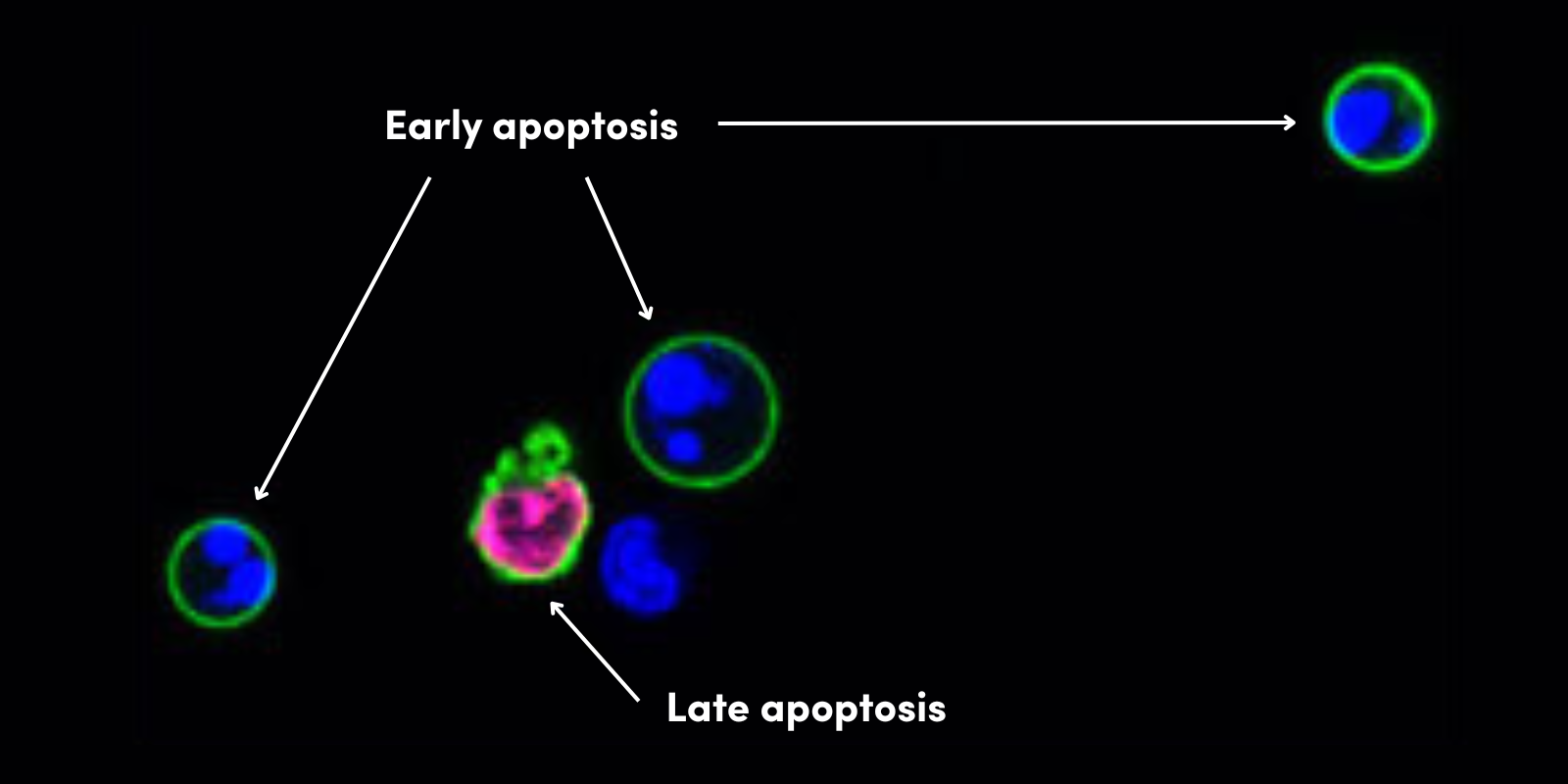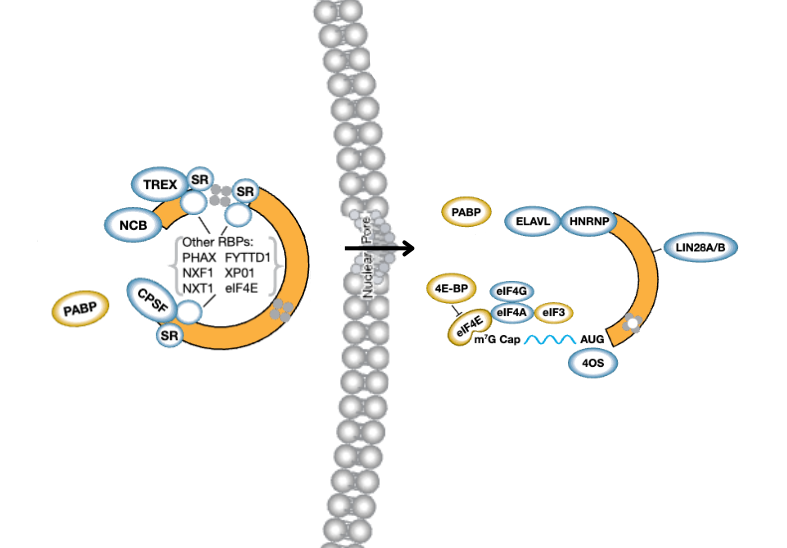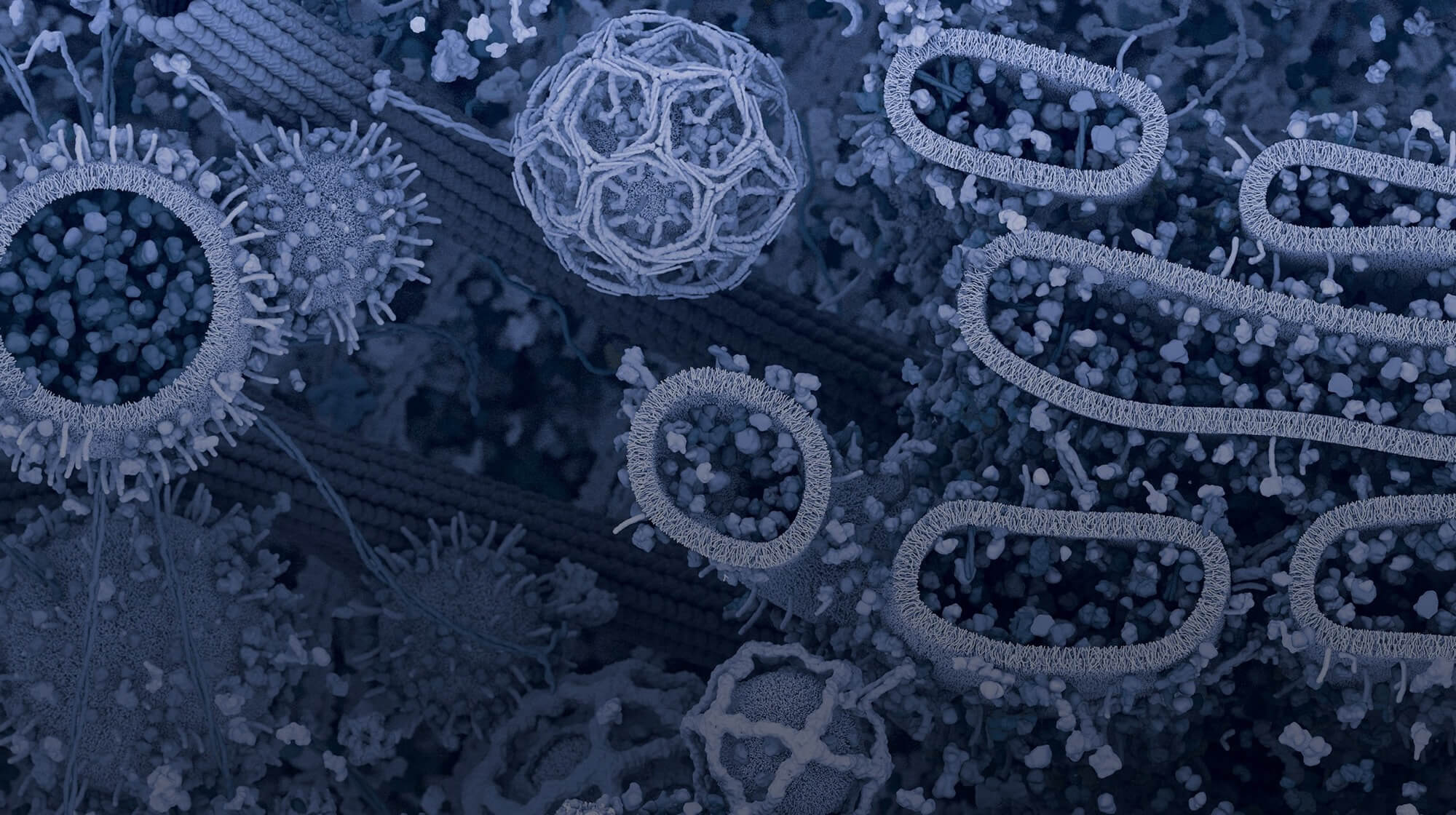CRISPR, a nifty gene-editing tool, has swept the scientific community off its feet. It has a catchy name, it’s in every other publication, it's the subject of a volatile legal dispute involving claims to its intellectual property,1 its use has instigated a multitude of summits to do with its ethical ramifications and, despite the fact that it’s less than 4 years old, the Science journal named it the "breakthrough of the year".2 To give you some perspective, the other contenders were the New Horizon’s epic visit to the dwarf planet Pluto, the discovery of a lymphatic system in the brain, and the Ebola vaccine.
Well, you get the picture, CRISPR is a big deal, but what on Earth is it and why are scientists so smitten by it?
CRISPR defined
Clustered regularly interspaced short palindromic repeats, or CRISPRs, are repetitive DNA sequences (direct repeats) native to the prokaryote genome. They are interspersed with "spacers"—unique DNA sequences of viral origin that bear evidence of past intrusions. Upon a repeat offense by a virus, a bacterium can transcribe a relevant spacer region to produce single-stranded non-coding "guide" RNAs that can:
- Undergo Watson-Crick base pairing with the spacer sequence unique to the intruder, and
- Recruit CRISPR-associated (Cas) endonucleases encoded by genes upstream of CRISPR elements.
Cas endonucleases can cleave foreign viral DNA, thereby disrupting viral replication. Thus, CRISPRs are a form of immune memory that confers resistance to invasive genetic elements. From an immunologist’s standpoint, this is an astounding discovery in itself, uncovered somewhat serendipitously some years ago.3,4 It is now known that a large majority of bacteria harbor CRISPRs in their genome. What was revealed only a handful of years ago is that the CRISPR/Cas9 system is modular and we can engineer it to serve as a gene-editing tool to manipulate any genome of interest with relatively minimal effort.5,6
CRISPR as a Research Tool
In bacteria, Cas9 naturally functions in conjunction with dual-guide RNA composed of crRNA (CRISPR RNA) and tracrRNA (trans-activating crRNA). The 5’ end of the crRNA base pairs with the target DNA, while its 3’ end forms a double-stranded stem-loop with the tracrRNA to facilitate Cas9 recruitment. Chimeric single-guide RNAs, or sgRNAs that combine the two sequences, have now been shown to successfully support the function of the Cas endonuclease.7 Thus, through the design of sgRNAs with sequence complementarity to a gene of interest, researchers can program Cas enzymes, most often Cas9 (known as the Cas II system), to cleave DNA at desired loci within the genome of any given species.
While sgRNA helps Cas9 find the sequence of interest, binding of Cas9 to that sequence requires the presence of an adjacent tri-nucleotide photospacer adjacent motif (PAM), which serves as a molecular handle for Cas9 to latch onto. The blunt DNA double-stranded breaks (DSBs) that result from cleavage events trigger a DNA repair response known as non-homologous end joining (NHEJ). Due to its error-prone nature, NHEJ introduces insertions or deletions (indels) at the site of the cut, causing disruption of gene expression. Furthermore, when accompanied by template DNA and a mutant form of Cas9 that has DNA nickase rather than nuclease activity, this system can be leveraged to create gene insertions by biasing the DNA repair machinery toward the high-fidelity homology-directed repair (HDR) mechanism. Thus, certain genomic regions can be tagged so that genes can be visualized in vivo, and mutant gene regions that compromise functional protein expression can be restored providing relief to conditions such as muscular dystrophy.8,9
Notably, multiple gene deletions and insertions can be orchestrated in vivo (traditionally in mice) by introducing multiple guide RNAs and single-stranded DNA oligonucleotides that can serve as templates for introducing precise base substitutions (mutations).10 This enables the study of multigenic phenomena, such as the role of mutation combinations in tumorigenesis.
Historically, gene targeting in vivo with the goal of generating knock-in or knock-out mice has been an extremely laborious and time-consuming endeavor, which CRISPR is now making seem like a "walk in the park."
Innovative Applications of CRISPR
This is just a modest number of the myriad things that can be and have been achieved with CRISPR/Cas9. Other innovative applications have been to rid the pig genome of retroviral elements so that xeno-transplantation of porcine organs into humans can be a safe and viable option,11 large genome-wide screens to identify genes responsible for chemotherapeutic drug resistance,12 and the use of this system in polyspermic human zygotes (unviable byproducts of in vitro fertilization) as an attempt to correct a gene deficiency that causes a hereditary blood disorder.13
The latter study, led by Junjiu Huang, helped uncover the flaws of the CRISPR/Cas9 system, including off-target effects and the capricious and unpredictable manner in which a DNA repair mechanism (NHEJ or HDR) is chosen to mend the site of cleavage.13 The study, published in May 2015, brought up major ethical concerns within the scientific community. In fact, there had already been ongoing discussions on a global scale on the ethical implications of this technology with Jennifer Doudna, a pioneer of the CRISPR field, calling for an international summit to draw attention to the subject.14 Incidentally, Junjiu Huang was on Nature’s 2015 list of Ten people who mattered this year; referred to as the "embryo editor."
CRISPR vs RNAi
You may be forgiven for thinking that sgRNAs bear a resemblance to silencing RNAs (siRNAs), short single-stranded RNAs that mediate post-translational down-regulation of gene expression. This endogenous mechanism has been widely adopted and relies on the family of Argonaute proteins to achieve mRNA degradation and subsequent "knockdown" of gene products. Therein resides the difference: While siRNAs modulate gene expression at the mRNA level, the CRISPR/Cas9 ribonucleoprotein complex operates at the genomic level, driving gene "deletion." Thus, CRISPR/Cas9 is a gene-editing tool, akin to TALENs (Transcription Activator-like Effector Nucleases) and designer Zinc Finger (ZNF) nucleases.
In comparison, the CRISPR system is more appealing because it’s easy to engineer, scalable, and affordable. And its availability through open-source non-profit distributors like Addgene helps drive seamless adoption of the technology.
Another attractive attribute of this technology is the potential for multiplexed gene editing by simply introducing different guide RNAs alongside Cas9 mRNA.15,16
For further information on the pros and cons of gene editing using TALENs, ZNFs, and CRISPR/Cas9, it’s worth checking out an insightful blog article from The Jackson Laboratory.
Conclusion
In summary, pioneers of the CRISPR technology think of it as on par with universal tools like PCR. It’s arguably as enabling and revolutionary as the sequencing of the genome has been for expediting the advancement of science. In the end it’s not so surprising that researchers have embraced this technology with open arms. If you are one of them, perhaps you may find yourself in need of a Cas9 antibody from CST!
Happy editing!
Select References
- Ledford H (2016) Bitter fight over CRISPR patent heats up. Nature 529(7586), 265.
- Travis J (2015) Making the cut. Science 350(6267), 1456–7.
- Mojica FJ, Díez-Villaseñor C, García-Martínez J, Soria E (2005) Intervening sequences of regularly spaced prokaryotic repeats derive from foreign genetic elements. J. Mol. Evol. 60(2), 174–82.
- Barrangou R, Fremaux C, Deveau H, Richards M, Boyaval P, Moineau S, Romero DA, Horvath P (2007) CRISPR provides acquired resistance against viruses in prokaryotes. Science 315(5819), 1709–12.
- Hsu PD, Lander ES, Zhang F (2014) Development and applications of CRISPR-Cas9 for genome engineering. Cell 157(6), 1262–78.
- Sternberg SH, Doudna JA (2015) Expanding the Biologist's Toolkit with CRISPR-Cas9. Mol. Cell 58(4), 568–74.
- Jinek M, Chylinski K, Fonfara I, Hauer M, Doudna JA, Charpentier E (2012) A programmable dual-RNA-guided DNA endonuclease in adaptive bacterial immunity. Science 337(6096), 816–21.
- Tabebordbar M, Zhu K, Cheng JK, Chew WL, Widrick JJ, Yan WX, Maesner C, Wu EY, Xiao R, Ran FA, Cong L, Zhang F, Vandenberghe LH, Church GM, Wagers AJ (2016) In vivo gene editing in dystrophic mouse muscle and muscle stem cells. Science 351(6271), 407–11.
- Dow LE, Fisher J, O'Rourke KP, Muley A, Kastenhuber ER, Livshits G, Tschaharganeh DF, Socci ND, Lowe SW (2015) Inducible in vivo genome editing with CRISPR-Cas9. Nat. Biotechnol. 33(4), 390–4.
- Yang L, Güell M, Niu D, George H, Lesha E, Grishin D, Aach J, Shrock E, Xu W, Poci J, Cortazio R, Wilkinson RA, Fishman JA, Church G (2015) Genome-wide inactivation of porcine endogenous retroviruses (PERVs). Science 350(6264), 1101–4.
- Konermann S, Brigham MD, Trevino AE, Joung J, Abudayyeh OO, Barcena C, Hsu PD, Habib N, Gootenberg JS, Nishimasu H, Nureki O, Zhang F (2015) Genome-scale transcriptional activation by an engineered CRISPR-Cas9 complex. Nature 517(7536), 583–8.
- Liang P, Xu Y, Zhang X, Ding C, Huang R, Zhang Z, Lv J, Xie X, Chen Y, Li Y, Sun Y, Bai Y, Songyang Z, Ma W, Zhou C, Huang J (2015) CRISPR/Cas9-mediated gene editing in human tripronuclear zygotes. Protein Cell 6(5), 363–72.
- Doudna J (2015) Genome-editing revolution: My whirlwind year with CRISPR. Nature 528(7583), 469–71.
- Wang H, Yang H, Shivalila CS, Dawlaty MM, Cheng AW, Zhang F, Jaenisch R (2013) One-step generation of mice carrying mutations in multiple genes by CRISPR/Cas-mediated genome engineering. Cell 153(4), 910–8.
- Platt RJ, Chen S, Zhou Y, Yim MJ, Swiech L, Kempton HR, Dahlman JE, Parnas O, Eisenhaure TM, Jovanovic M, Graham DB, Jhunjhunwala S, Heidenreich M, Xavier RJ, Langer R, Anderson DG, Hacohen N, Regev A, Feng G, Sharp PA, Zhang F (2014) CRISPR-Cas9 knockin mice for genome editing and cancer modeling. Cell 159(2), 440–55.





